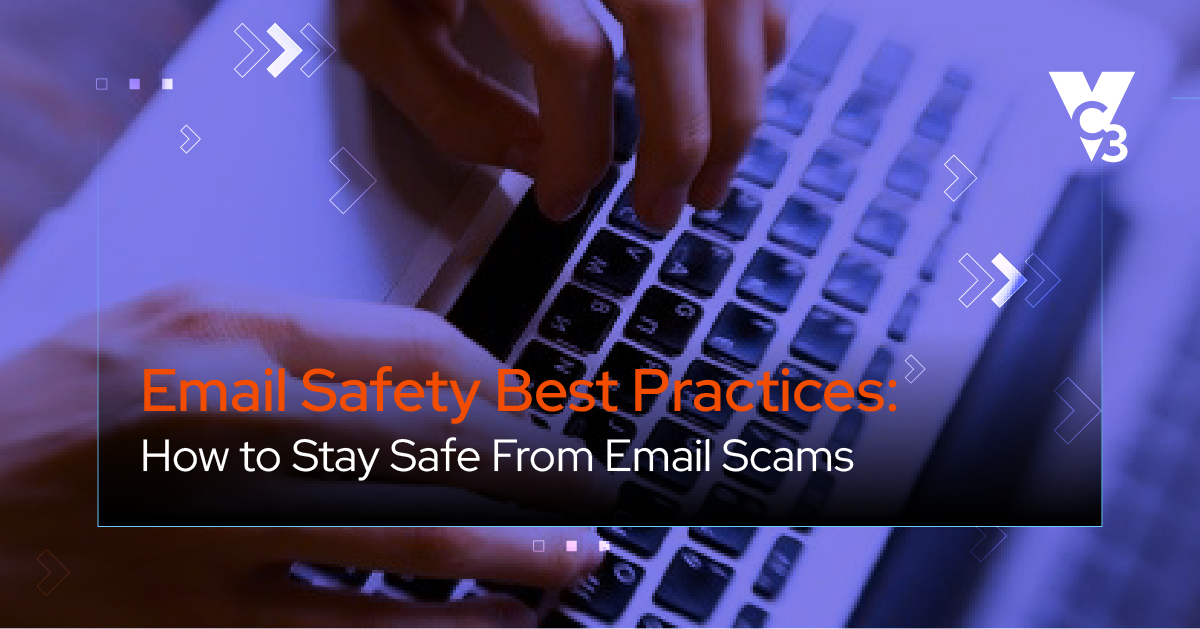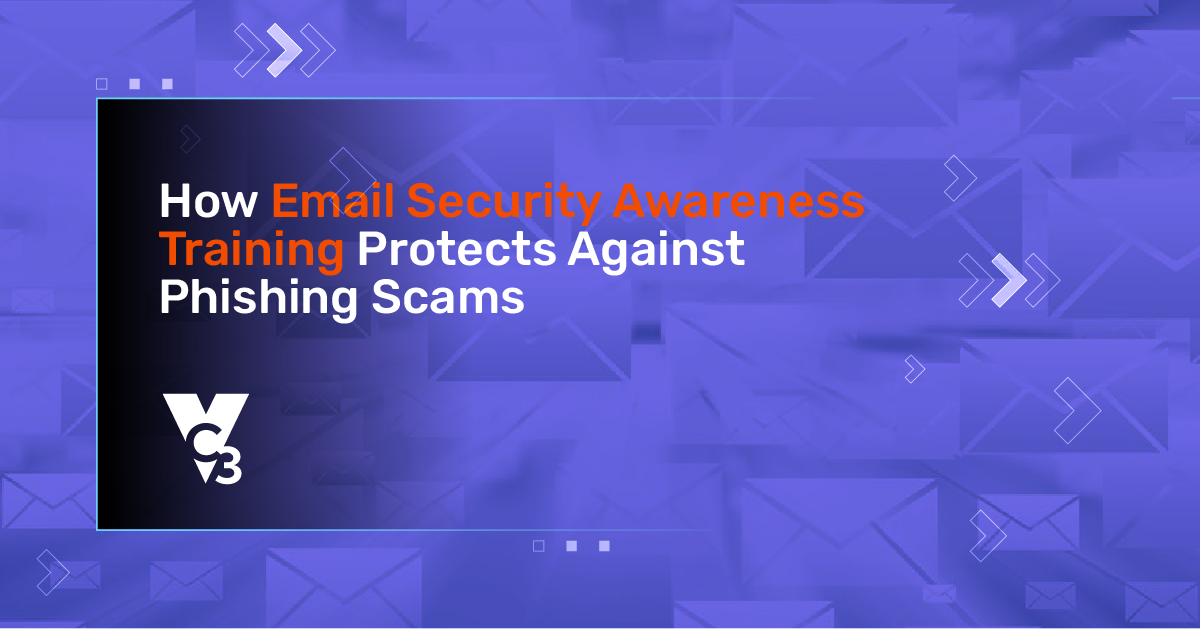When it comes to IT security, multi-factor authentication is an integral component to increasing the defense of your network and infrastructure. Two factor authentication (2FA), also known as dual factor authentication (DFA), is a form of multi-factor authentication that has specific information requirements to verify that users are who they claim to be. 2FA/DFA methods provide stronger protection than conventional username and password credentials.
According to the National Institute of Standards and Technology (NIST) Applied Cybersecurity Division, the different types of dual factor authentication include:
- “Something you know,” which can consist of things like usernames, pins, passwords, or other bits of information (phrases, family members’ names, favorite ice creams, etc.).
- “Something you have,” which can include a mobile app, universal 2nd factor (U2F) or a time-based one-time password (TOTP) code.
- “Something you are,” which can refer to biometric authentication solutions, such as a fingerprint, retinal scan, or facial capture.
When implementing two factor authentication, there are some things that you should consider when evaluating these identity verification solutions for your firm include:
1. The Effectiveness of Two Factor Authentication Solutions
When you are choosing between different 2FA solutions, some of the things to evaluate regarding the quality of the service include:
- The overall effectiveness and reliability of each authentication solution;
- How well it can repel credential theft attacks;
- Whether there are physical hardware components that the user needs to have available to authenticate (such as a token);
- How well the system integrates with your existing software, virtual private network (VPN), and infrastructure; and
- How effectively each 2FA solution can secure your sensitive data (and that of your clients).
2. Choosing a DFA Method to Integrate into Your IT Security
In today’s increasingly digital world, two factor authentication needs to be an additional layer of security for your organization or business. This form of identity verification can be used to protect any applications, email, websites, network access, and other virtual portals that are utilized by your employees, partners, and others who require authorized access.
3. How Authentication Solutions Fit into the “Big Picture”
When evaluating different dual factor authentication methods, something to consider includes how the solution will fit with your overarching organizational goals. Will it help to improve your organization’s cybersecurity compliance efforts? Will implementing two factor authentication enhance or detract from your existing cybersecurity initiatives? And, will it make your clients and partners feel more secure and confident in the security of your organization and its ability to protect their data?
When you’ve decided on a particular two factor authentication solution, you’ll then need to implement it. However, part of this integration requires planning and follow-through to help it remain effective against cyber attacks. This process includes:
- Conducting an audit to ensure that all devices and means of access are all accounted for;
- Establishing an authentication alert system that notifies you about any unauthorized access attempts; and
- Keeping your network and devices up to date with patches and software security upgrades.
4. The Cost vs. Value of 2FA Solutions and Time Until ROI
From the standpoint of a Chief Financial Officer or another leader who has to keep the company’s budget in mind, you’ll need to evaluate and weigh the costs and value that each of the authentication solutions offer. You’ll also need to determine how long it will be before your organization sees a return on investment (ROI). This means looking at the up-front costs and long-term costs, as well as identifying any hidden fees.
While implementing two factor authentication is important, it shouldn’t be your only method of defense. To determine precisely what protections you have in place, it’s essential to conduct a network health assessment. This assessment, in combination with a network penetration test, will help you to see where your organization stands concerning its existing cybersecurity protections and overall network so that you can address any gaps.
See how your organization’s security measures up with our free Cybersecurity Report Card. The brief scorecard can help you to evaluate the effectiveness and condition of your existing security processes, procedures, and policies.





